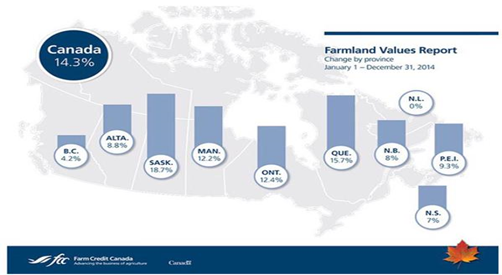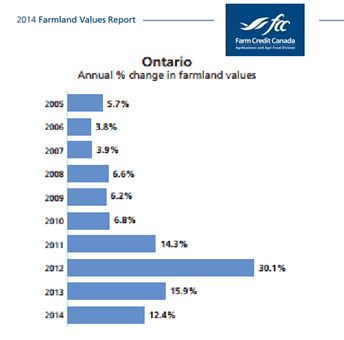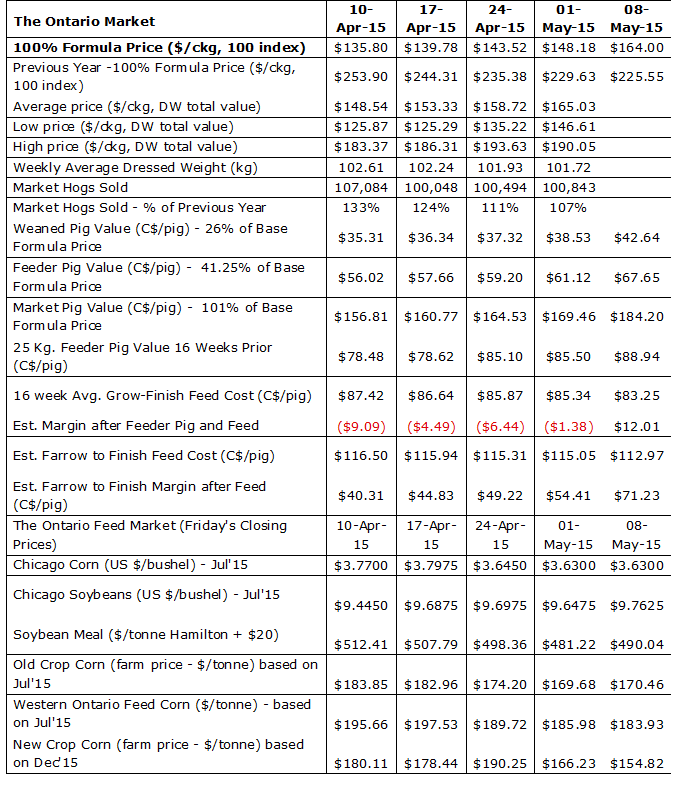



Canada – The Sustainability of a Land-Based Operation
CANADA - The last commentary I wrote about the nightmare of the Olymel strike in Quebec raising havoc for the entire industry but particularly Ontario. Fortunately since that time the labour dispute has been resolved and things have now returned to “normal“, writes Bob Fraser – Sales & Service, Genesus Ontario.However in that approximate two and half weeks of demand disruption considerable havoc was wreaked causing lower prices to the entire industry and significant losses to Ontario producers shipping directly to Olymel.
Although the nightmare may be over I expect this to be if not a nightmare and recurring bad dream for the Canadian industry. I would happily put the Canadian particularly land based producer up against anyone in the world for his ability to compete.
On balance he is very good at what he does and as demonstrated in the FCC report below a land base gives him considerable staying power. The challenge is Canada doesn’t have a packing industry to match.
Arguably the packing industry is as weak as the production side may be strong and that’s a problem. No amount of excellence and efficiency on the production side can overcome a weak packing side in the long game.
This issue has no easy or simple solution but without one this fact remains a major governor to growth in the Canadian swine industry. The leadership of the Canadian swine industry would do well to focus on it.
In the meantime Ontario’s model particularly of hogs to manure to land to corn/beans, the first true integration remains remarkably enduring and sustainable. The ability to produce the bulk of your feedstuffs may not appear to make sense if you break all your enterprises into separate profit centres but if you consider it and drive it as most producers do as whole farm, the staying power is considerable. The FCC Farmland Values Report: Ontario Farmland Values Increased 12.4 per cent in 2014
Farm Credit Canada (FCC) released its annual Farmland Values Report. The national average farmland value increased 14 per cent in 2014. This is a large increase over 2013, but lower increase than the 22 per cent increase FCC reported last year.
The patterns in farmland values differ across the country: Saskatchewan recorded an average increase of 19 per cent , Ontario was at 12 per cent while BC farmland showed an average gain of 4 per cent .
From the FCC Report: Ontario farmland values increased an average of 12.4 per cent in 2014, following gains of 15.9 per cent in 2013 and 30.1 per cent in 2012. Average farmland values in the province have continued to rise since 1988.

In several areas of the province, demand for farmland significantly outweighed the supply, creating competition for available land. This, coupled with low interest rates, appeared to have played a role in rising values.
Demand came from many sectors, including large intensive livestock enterprises needing land for manure management and cropping requirements.
Non-agricultural buyers in southwestern Ontario continued to purchase farmland in select areas, creating greater overall competition for available land. Farmland in southern and central Ontario continued to be in high demand due to the availability of soil types that support high value crops.

Producers in eastern Ontario continued to expand, purchasing land in the immediate area and in neighbouring locations. Northern and eastern regions also saw prices rise as buyers from high-priced areas in southern and southwestern areas moved north in search of lower priced land. Markets in the north appeared to be dominated by a small number of buyers who acquired land, contributing to the increase in price.
However, while most areas saw moderate to significant increases, there were some that saw slight declines or no change in value. Sales in the province were accomplished through a mix of transactions including real estate brokered, property auction and land sold through the tendering process.
Finally as well documented by Jim Long the hog markets have been on a tear with margin over feeder pig and feed in Ontario moving from a nine dollar loss to a twelve dollar gain in five weeks. Not as heady of days as same time last year but nevertheless rapidly narrowing the gap.

Monday, May 11, 2015 Weekly Hog Market Facts
Compiled by the OMAFRA Swine Team










